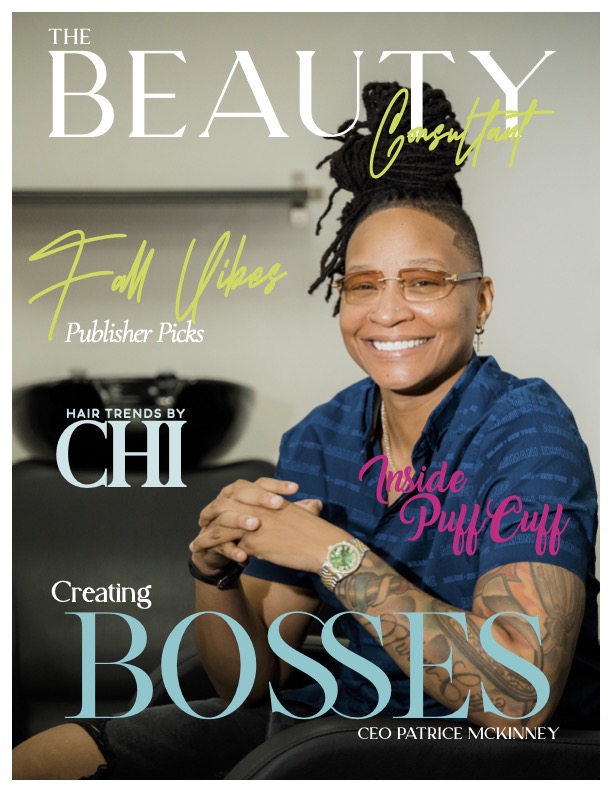
Sustainability in Packaging
 The North American edition of the Sustainable Cosmetics Summit aims to tackle some of the major sustainability issues in the beauty industry. Hosted in New York on May 17-19, the 3-day summit focuses on green formulations and sustainable packaging. For the first time, a summit will showcase popular techniques to measure the environmental footprint of personal care products. This trend is important to note because in the North America alone, the market for natural personal care products has reached US $5.4 billion in value with projections of it reaching $14 billion by 2015. Natural & organic products already comprise over 5% of cosmetic sales in several countries (predominantly the U.S. and Europe), but many question whether the growth will continue.TBC was given a sneak peak on why sustainability is important to today’s beauty consumers and how it can be best utilized by product manufacturers and retailers.
The North American edition of the Sustainable Cosmetics Summit aims to tackle some of the major sustainability issues in the beauty industry. Hosted in New York on May 17-19, the 3-day summit focuses on green formulations and sustainable packaging. For the first time, a summit will showcase popular techniques to measure the environmental footprint of personal care products. This trend is important to note because in the North America alone, the market for natural personal care products has reached US $5.4 billion in value with projections of it reaching $14 billion by 2015. Natural & organic products already comprise over 5% of cosmetic sales in several countries (predominantly the U.S. and Europe), but many question whether the growth will continue.TBC was given a sneak peak on why sustainability is important to today’s beauty consumers and how it can be best utilized by product manufacturers and retailers.
Beauty products are crossing into the realms of skin nutrition, diets, and general well-being as consumers become increasingly conscious of making healthy lifestyle choices. With this change, new distribution outlets are opening up, increasing awareness as a natural product selection goes from specialist to mainstream channels. Manufacturers and retailers of all sizes are picking up on the trend which has increased the need for differentiation.
Research shows raw materials and packaging comprise the highest environmental impact of personal care products. Although companies are aware of the environmental impact of packaging, they have been slow to embrace sustainable packaging solutions, focusing mostly on ingredients instead. Problems arise because high heat sensitivity and water permeability prevent biodegradable packaging to be used for products such as creams, lotions, and shampoos. Biopolymers are mainly used in color cosmetic cases. However, bioplastic materials are beginning to replace petroleum polymers. Recycled packaging materials are also popular as well as reduction in packaging altogether.
Ingredients are also being scrutinized. There is a growing use of plant-based feedstock for cosmetic ingredients. Food ingredients like green tea, berries and pomegranate are being incorporated because they are known to have intrinsic anti-ageing qualities. Vegetable oils will remain a staple because, although controversial, they have an important role as base materials for personal care products. Petrochemical-based ingredients, however remain faced with the challenge of finding viable replacements. New emulsifiers and surfactants are rapidly being developed as well as alternatives to parabens in cosmetic formulations. Vinotherapy cosmetics, nutria-cosmetics, and organic remedies are also hot topics. Manufacturers of certain product types are still finding it difficult to develop effective products that fill this category. Chemicals companies have stated that problems arise in making emulsifiers, surfactants, preservatives, and sunscreens from plant-based raw materials.
 Countries other than Western nations are also interested in safer, more sustainable beauty products. The burgeoning middle-class in countries, such as India, is creating demand for ‘chemically clean’ cosmetics. The Asian market is attractive because of healthy market growth rates and high consumer preference for western brands. With a consumer market of 1.2 billion, the Chinese market is deemed the most prospective in Asia, however, few western brands have made advances because of distribution and regulatory issues.
Countries other than Western nations are also interested in safer, more sustainable beauty products. The burgeoning middle-class in countries, such as India, is creating demand for ‘chemically clean’ cosmetics. The Asian market is attractive because of healthy market growth rates and high consumer preference for western brands. With a consumer market of 1.2 billion, the Chinese market is deemed the most prospective in Asia, however, few western brands have made advances because of distribution and regulatory issues.
Due to increase in production and demand, outlets for distribution of niche natural brands have extended beyond the traditional channels. Originally, natural food shops topped the list of locations in which to purchase natural beauty brands. Consumers are now also turning to local drugstores, beauty retailers, and salons. Chain supermarkets have also begun incorporating their own private labels of popular natural products. However, shelf space is limited with selection criteria focusing on ingredients.
 Claims to sustainability are being monitored. The practice known as “greenwashing” has become a hot topic. In a recent Natural Cosmetics Brand Assessment report by Organic Monitor, a chartered chemist analyzed the ingredient composition of cosmetic products of over 50 brands that make natural and/or organic claims. The brands were given naturalness ratings according to their ingredient composition. Certified organic brands scored highest (9-10), followed by pure natural cosmetics (4-7), semi-natural cosmetics (3), naturally inspired cosmetics (2) to conventional cosmetics (1). Not surprisingly, many brands making natural / organic claims had ratings at the low end of the spectrum. Consumers are becoming lost in a maze of marketing claims and false labels. One way to clear up consumer confusion is certification; marketing and distribution also play an important role.
Claims to sustainability are being monitored. The practice known as “greenwashing” has become a hot topic. In a recent Natural Cosmetics Brand Assessment report by Organic Monitor, a chartered chemist analyzed the ingredient composition of cosmetic products of over 50 brands that make natural and/or organic claims. The brands were given naturalness ratings according to their ingredient composition. Certified organic brands scored highest (9-10), followed by pure natural cosmetics (4-7), semi-natural cosmetics (3), naturally inspired cosmetics (2) to conventional cosmetics (1). Not surprisingly, many brands making natural / organic claims had ratings at the low end of the spectrum. Consumers are becoming lost in a maze of marketing claims and false labels. One way to clear up consumer confusion is certification; marketing and distribution also play an important role.
With a focus on the social and economic pillars of sustainability, manufacturers and retailers of natural beauty products will have an edge on today’s market. This can be accomplished through such efforts as reducing carbon footprint, supporting fair trade, or implementing ethical sourcing programs.



